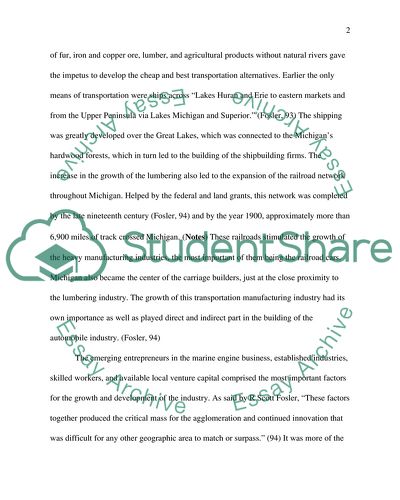Cite this document
(“History of Automobile Industry in Michigan Essay”, n.d.)
History of Automobile Industry in Michigan Essay. Retrieved from https://studentshare.org/history/1561288-historywriter-chooses-1-of-3-topics
History of Automobile Industry in Michigan Essay. Retrieved from https://studentshare.org/history/1561288-historywriter-chooses-1-of-3-topics
(History of Automobile Industry in Michigan Essay)
History of Automobile Industry in Michigan Essay. https://studentshare.org/history/1561288-historywriter-chooses-1-of-3-topics.
History of Automobile Industry in Michigan Essay. https://studentshare.org/history/1561288-historywriter-chooses-1-of-3-topics.
“History of Automobile Industry in Michigan Essay”, n.d. https://studentshare.org/history/1561288-historywriter-chooses-1-of-3-topics.


